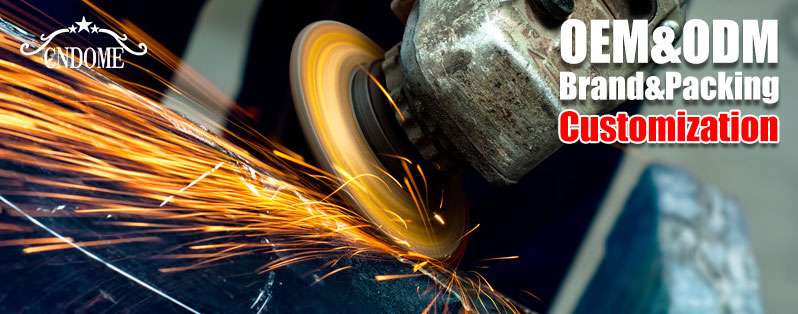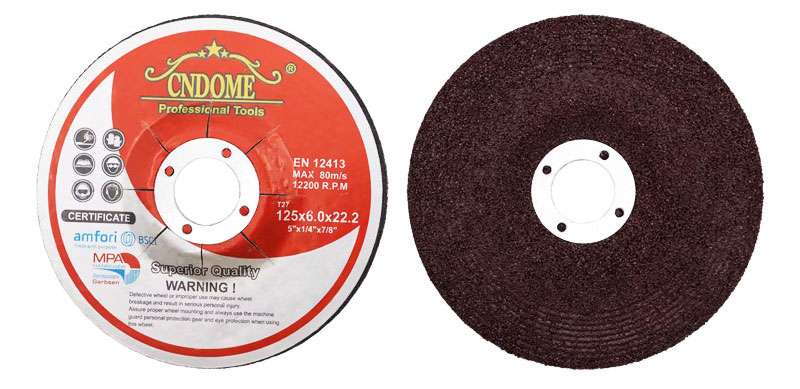Grinding wheels are indispensable tools in the manufacturing and metalworking industries, used to grind, cut, and shape various materials. These wheels come in diverse materials, each suited for specific applications and offering unique advantages. In this blog post, we will explore the most common grinding wheel materials and their applications.
1. Aluminum Oxide
Aluminum oxide is one of the most common abrasives used in grinding wheels. It is durable, tough, and suitable for grinding high-tensile materials such as steel and ferrous alloys.
Properties:
- High durability
- Suitable for a wide range of materials
- Cost-effective
Applications:
- General-purpose grinding
- Tool sharpening
- Surface finishing
2. Silicon Carbide
Silicon carbide is a sharper and harder abrasive compared to aluminum oxide, making it ideal for grinding hard and brittle materials like glass, ceramics, and hard alloys.
Properties:
- Very hard and sharp
- Brittle
- High thermal conductivity
Applications:
- Grinding non-ferrous materials
- Cutting stone and concrete
- Polishing glass and ceramics
3. Resin Bonded Grinding Wheels
Characteristics:
Resin bonded wheels use a synthetic resin as the bonding material. They are known for their versatility and ability to grind a wide range of materials.
Applications:
These wheels are used in various applications, including surface grinding, tool sharpening, and precision grinding. They are suitable for both soft and hard materials, making them highly versatile in different industries.
Choosing the Right Grinding Wheel
When selecting a grinding wheel, consider the following factors:
- Material: Choose a wheel material that matches the workpiece material.
- Grit Size: Finer grits provide a smoother finish, while coarser grits remove material faster.
- Bond Type: The bond affects the wheel’s performance and lifespan. Common bond types include vitrified, resin, and metal bonds.
- Wheel Shape: Different shapes are designed for specific grinding operations, such as cylindrical, centerless, and surface grinding.
Conclusion
Understanding the properties and applications of various grinding wheel materials is crucial for optimizing your grinding operations. Whether you’re working with ferrous metals, non-ferrous metals, ceramics, or composites, there is a grinding wheel material that suits your needs. By selecting the appropriate material, you can achieve efficient, precise, and high-quality results in your grinding processes.




